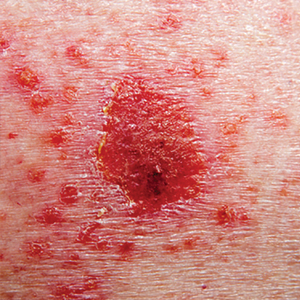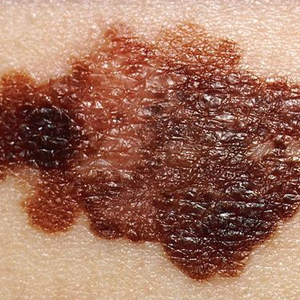Spending time in the sun increases your risk of Skin Cancer and early skin aging. To decrease the risk, use a Broad Spectrum Sunscreen on a regular basis. Also, limit time in the sun between 10am-4pm wear long sleeves, pants, broad rimmed hats and sunglasses. Physical Sunscreens offer better sun protection than pure Chemical Sunscreens.
What is UV Radiation?
UV Rays are part of the light spectrum that reaches the earth from the sun. Their wavelengths are shorter and weaker than visible light, making them invisisble to the naked eye. These wavelengths are classified as UVC, UVB, and UVA. UVC is absorbed by the earth’s ozone layer and does not reach the earth. Both UVA & UVB however penetrate the atmosphere and play an important role in premature skin aging, eye damage, and skin cancers. UVA & UVB Rays weaken your immune system making it difficult to fight off Skin Cancers. UVB Rays cause skin redding and sunburns, tends to damage the skin’s superficial epidermal top layers – a SUNBURN!
UVA Rays account for up to 95% of the UVA Radiation that reaches the Earth surface and will penetrate the epidermal layer of your skin. Cells that are damaged by continual UVA exposure can’t repair themselves fast enough leading to the development of Melanoma or Non-Melanoma Skin Cancer.

SPF – Sun Protection Factor
The Sun Protection Factor, “SPF”, of a sunscreen is a laboratory measure of the effectivness of Sunscreen against the UVB Ray. The difference between an SPF 30 & SPF 50 is only 2% protection. SPF 30 blocks 96% of UVB Radiation while SPF 50 block 98% of UVB Radiation. This is only an estimate created by the Sunscreen Manufacturers.
SPF 30 = 5 Hours (UVB Protection)
SPF 50 = 8 Hours (UVB Protection)

Three Types of Cancer

Basal Cell Carcinoma
The most common form of skin cancer affecting approximately 2.8 million Americans each year. Almost all basal cell carcinomas occur on parts of the body exposed to the Sun, including the face, the ears, the neck, scalp, shoulders, and back. ‘BCC’ maybe treated by scrapping away most of the affected area and removing the bad cells with a small hot cauterizing pen. Surgical excision may also be necessary.

Squamous Cell Carcinoma
More than 700,000 Squamous Cell Carcinoma are diagnosed each year. Squamous Cell Carcinoma may occur on any part of the body. Squamous cell maybe treated by scrapping away most of the affected area and removing the bad cells with a small hot cauterizing pen. Surgical excision may also be necessary

Melanoma
One person dies of melanoma every hour (every 57 minutes). 1 in 50 men and women will be diagnosed with melanoma of the skin during their lifetime. If given time melanoma can grow deep into the skin, get into the blood stream, and travel to other parts of the body. This spreading metastasis can cause life threatening illness. Melanoma is curable if detected early but can be fatal if allowed to grow and spread.
Chemical vs Physical Sunscreens for UVA Protection

The FDA recognizes three different active ingredients as protection against the UVA Ray. UVA Rays account up to 95% of the UV radiation that reaches the earth’s surface and will penetrate the epidermal layer of your skin.
- FDA approved active ingredients for UVA protection
- Avobenzone (parsol 1789) – Chemical
- Zinc Oxide & Titanium Dioxide – Physical
- A physical sunscreen will not break down because it is made up of crushed rock.
- A chemical sunscreen can start breaking down as much as 36% in one hour if not formulated correctly leaving the user exposed to UVA radiation.
- It is recommended to check your Sunscreen to see if its is a Physical or Chemical formulation
Industrial Strength Sunscreen Offers Physical Protection Using Zinc Oxide that Rubs in Clear
R&R Lotion Inc
15547 North 77th Street
Scottsdale, AZ 85260
P: (480) 443-9255
F: (480) 443-9256
info@rrlotion.com






